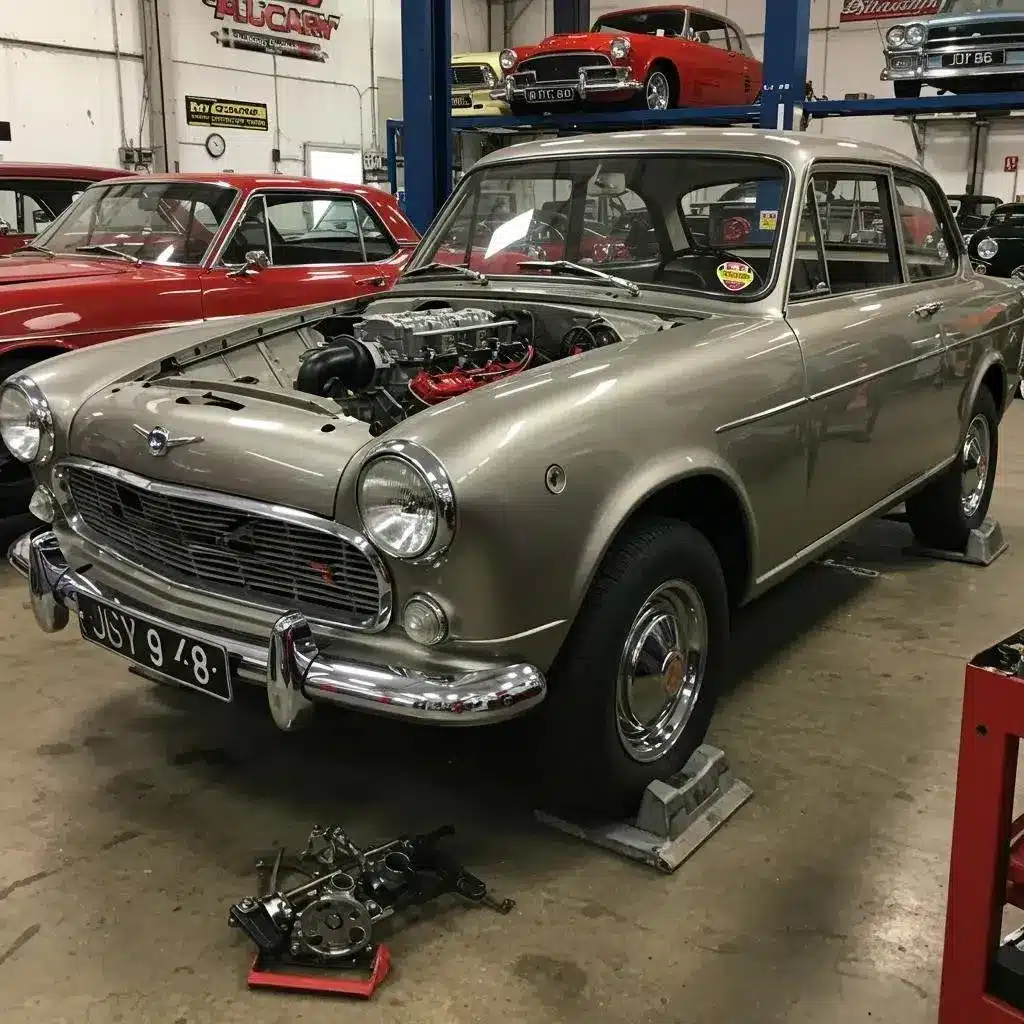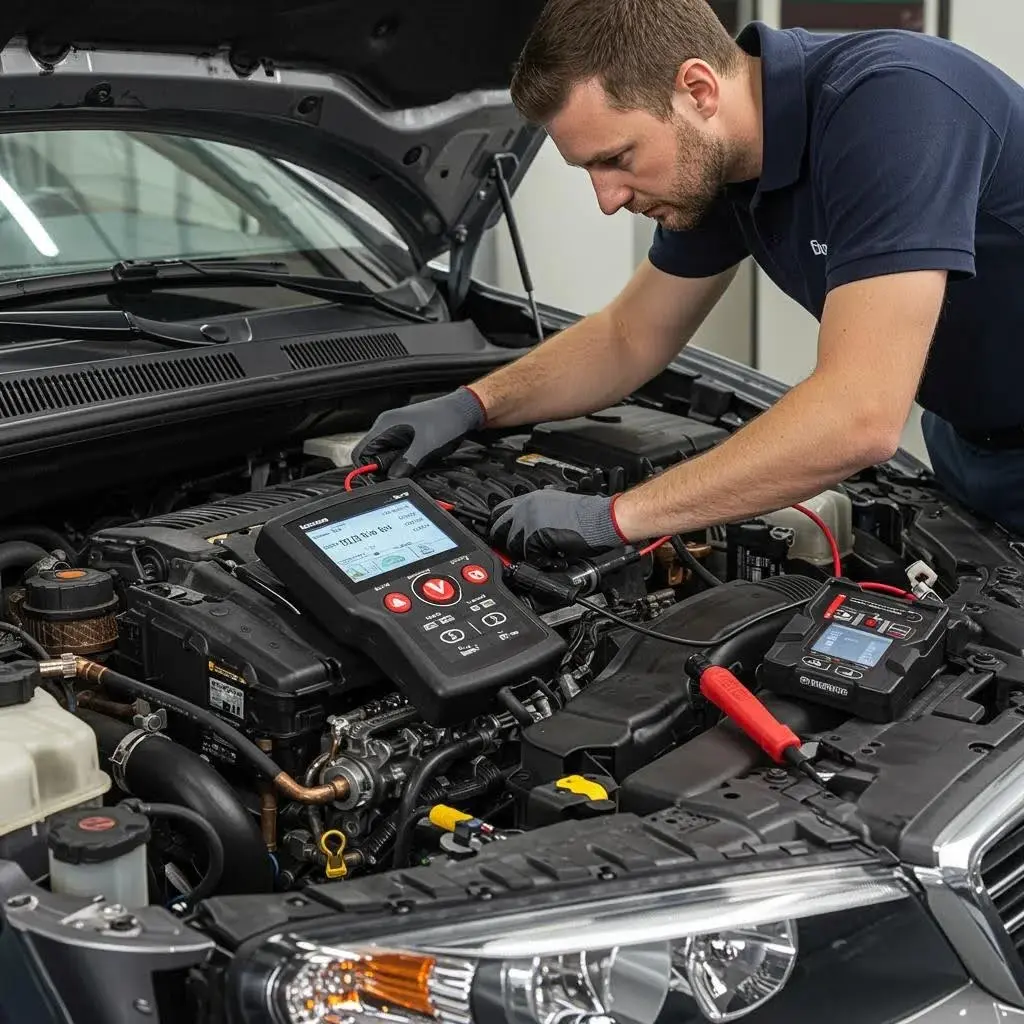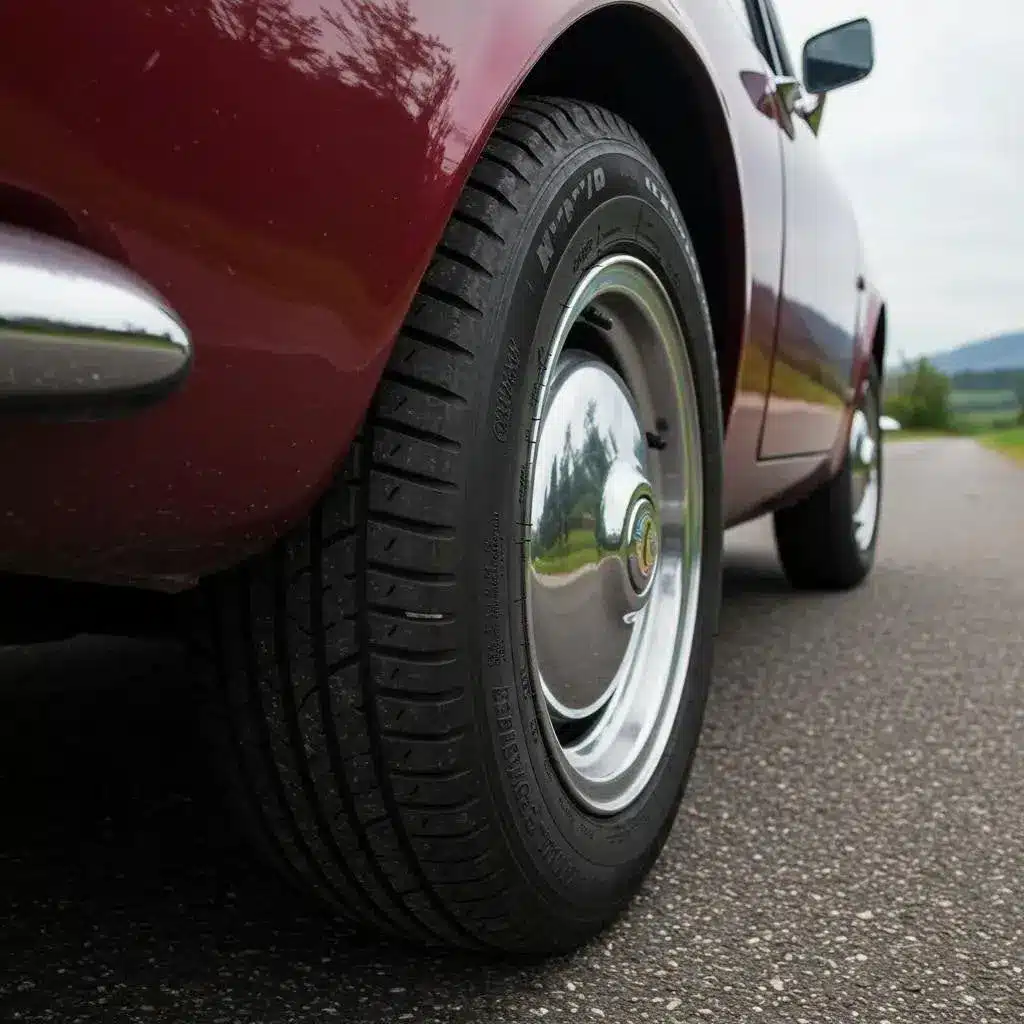If you’re seeking to transfer ownership of a car, you’ll find that the process of transferring ownership involves particular steps, forms, and interactions with the DVLA. Our guide aims to demystify the V5C logbook update, illustrate how to carry out the transfer online or by post and help you complete all necessary actions for lawful transferring ownership of a car. Dive into our step-by-step guide to tackle the ownership transfer with confidence.
KEY TAKEAWAYS
- You must notify the DVLA when a vehicle gets a new registered keeper, using the V5C logbook as the official document to record this change.
- Car ownership transfer can be initiated online through the DVLA’s official website or by post, with particular attention needed to differentiate between the owner and the registered keeper of vehicles.
- Protecting against fraud is paramount during the transfer process, which requires careful attention to the V5C’s authenticity and ensuring all vehicle details correspond accurately.
NAVIGATING THE CAR OWNERSHIP TRANSFER PROCESS
The process of transferring car ownership is undoubtedly intricate, but with the proper knowledge, it can be straightforward. The first step is understanding that notifying the DVLA when a vehicle gets a new registered keeper is crucial for legally documenting the new ownership.
UNDERSTANDING THE V5C LOGBOOK’S ROLE
At the heart of this process is the V5C logbook. When someone sells a car, they must update the V5C logbook, the official document that records a vehicle’s registered keeper, to reflect the new keeper’s details. It’s the seller’s responsibility to inform the DVLA of the change in the vehicle keeper after the transfer of ownership.
INITIATING THE TRANSFER ONLINE
Transferring car ownership online can be initiated using the DVLA website. The process requires the new keeper’s details, the vehicle’s 11-digit reference number from the V5C logbook, and the new owner’s email address. Completing the online form marks the beginning of the ownership transfer process.
COMPLETING THE TRANSFER AT THE POST OFFICE
Alternatively, you can complete the process of transferring car ownership by post. To do this, the current owner must fill out the applicable section of the V5C with the new owner’s details and send it to the DVLA, ensuring the accurate provision of all necessary information of the new owner.
The DVLA’s address is DVLA, Swansea, SA99 1BA, and the online form can be found on the GOV.UK website.
THE DISTINCTION BETWEEN OWNER AND REGISTERED KEEPER
It’s essential to clarify the distinction between the owner and the registered keeper in car ownership. While the vehicle owner is the individual who provided the financial investment for the vehicle, the registered keeper, named on the V5C document, may legally be responsible for the car but not necessarily its legal owner.
If the vehicle being transferred is a company car, additional documentation from the employer may be required to validate the transfer. It’s also important to clarify whether the person responsible for the vehicle’s maintenance, parking fines, and car insurance remains the same person after the transfer. Understanding the owner’s details can help differentiate between the two roles.
WHEN SELLING TO A MOTOR TRADER
When selling a vehicle to a motor trader, such as a car dealer or a scrap yard, it’s crucial to fill out section 9 of the V5C logbook. The current registered keeper must sign this section and counter-sign it by the dealer to kick-start the ownership transfer process.
PREPARING YOUR VEHICLE FOR OWNERSHIP TRANSFER
Before transferring a vehicle’s ownership, you must undertake a few preparatory steps. One critical step is to ensure the V5C logbook is located and verified.
Additionally, recording the car’s current mileage on the V5C logbook is highly advisable to protect against mileage fraud.
Before you sell a car privately, confirm that the vehicle’s registration number matches the V5C and ensure the car’s owner clears any outstanding road tax. Also, remember that car tax transfer is not automatic and must be processed by the new keeper after the sale.
TRANSFERRING CAR OWNERSHIP WITHIN THE FAMILY
Transferring car ownership to a family member might seem different, but it follows the same process as selling the vehicle. This process includes notifying the DVLA of the new registered keeper and completing the transfer ownership process.
SOVEREIGN MOTOR ENGINEERS: YOUR TRUSTED PARTNER IN CAR OWNERSHIP TRANSFER
At Sovereign Motor Engineers, we pride ourselves on offering a comprehensive range of vehicle services for all car makes and models. We have everything from MOT testing and vehicle diagnostics to specialised services for classic and vintage cars.
Our team consists of experienced professionals with over ten years of experience in the industry. We utilise high-quality parts for all services rendered. Our dedication to quality and customer satisfaction extends to assisting our customers with ownership transfer processes.
ESSENTIAL DOCUMENTATION FOR A SMOOTH TRANSFER
Documentation is the backbone of any official process, and car ownership transfer is no exception. Updating the vehicle’s logbook, specifically the V5C form, is essential to reflect the registered keeper’s current details after the vehicle sale, including any changes in vehicle tax responsibilities.
The new keeper slip, forming part of the V5C logbook, must be completed during the ownership transfer and given to the new owner.
RECORD KEEPING
Record keeping is essential when transferring car ownership. The seller must keep a record of the sale, including the date, price, and details of the new owner. The V5C logbook must also be updated to reflect the change in ownership, and the new owner’s details must be recorded. The seller must also keep a copy of the V5C logbook and any other relevant documents, such as the receipt or invoice.
The new owner must also keep records of the vehicle’s maintenance and any repairs or modifications made to the vehicle. Accurate record keeping can help to prevent disputes and issues in the future.
PROTECTING YOURSELF FROM FRAUD DURING OWNERSHIP TRANSFER
In the digital age, safeguarding oneself from potential fraud is crucial. A few measures can significantly reduce the risk during the car ownership transfer process. The V5C certificate confirms a car’s legitimate ownership and transfer.
To ensure authenticity, the V5C should have a ‘DVL’ watermark, and its serial number should not be within the range of known stolen logbooks. The vehicle identification and engine numbers on the car must correspond with those in the V5C logbook and the car’s registration number.
When conducting online transactions, always use official government websites, such as the vehicle licensing agency, for DVLA transactions to prevent falling victim to fake websites that incur unnecessary costs, and ensure you receive an email confirmation for the transaction.
ADDRESSING SPECIAL CIRCUMSTANCES IN OWNERSHIP TRANSFER
Sometimes, the car ownership transfer process may not go as smoothly as expected, especially when exceptional circumstances arise. For instance, if the V5C logbook is lost, the owner can apply for a replacement to ensure proper car tax documentation.
Also, before selling a vehicle under finance, you must clear the outstanding loan and obtain the lender’s release of the V5C.
RESOLVING DISPUTES AND ISSUES
Resolving disputes and issues is an essential part of the car ownership transfer process. If a dispute arises, the seller and buyer must try to resolve the issue amicably. If the dispute cannot be resolved, the parties may need to seek legal advice or mediation. The DVLA can also provide guidance and support in resolving disputes related to vehicle ownership.
It is essential to keep accurate records and to communicate clearly with the other party to prevent disputes and issues. The seller and buyer must also be aware of their rights and responsibilities under the law, including the requirements for transferring car ownership.
SUMMARY
In conclusion, transferring car ownership involves various facets. It requires understanding the roles and responsibilities of the owner and registered keeper, preparing the vehicle for the transfer, having the proper documentation, and protecting oneself from potential fraud to ensure you are not held legally responsible for the vehicle after the transfer. Navigating these complexities can be more straightforward with expert guidance from Sovereign Motor Engineers.
FREQUENTLY ASKED QUESTIONS
WHAT IS THE ROLE OF THE V5C LOGBOOK IN TRANSFERRING CAR OWNERSHIP?
The V5C logbook is essential in transferring car ownership. It records the vehicle’s registered keeper and must be updated when someone sells a car to ensure a new logbook is issued to the new owner.
HOW CAN I INITIATE THE TRANSFER OF CAR OWNERSHIP ONLINE?
You can initiate the transfer of car ownership online by visiting www.gov.uk/sold-bought-vehicle and following the provided steps using the information from the V5C logbook through the DVLA online service.
HOW CAN I TRANSFER OWNERSHIP OF CAR TO A FAMILY MEMBER?
You can transfer car ownership to a family member by following the same process you would if you sold the vehicle, which involves notifying the DVLA of the new registered keeper and ensuring the new owner’s name is accurately recorded.
HOW DO I PROTECT MYSELF FROM FRAUD DURING THE CAR OWNERSHIP TRANSFER PROCESS?
To protect yourself from fraud during the car ownership transfer process, ensure the V5C has a ‘DVL’ watermark, verify the serial number is not within the range of known stolen logbooks, and check for multi coloured numbered blocks on the front cover. These measures can help safeguard against potential fraud.
HOW CAN I HANDLE THE TRANSFER OF CAR OWNERSHIP IF THE V5C LOGBOOK IS LOST?
To handle the transfer of car ownership if the V5C logbook is lost, you can apply for a replacement online, by phone, or by post using a V62 form if updates to the vehicle logbook are necessary.




